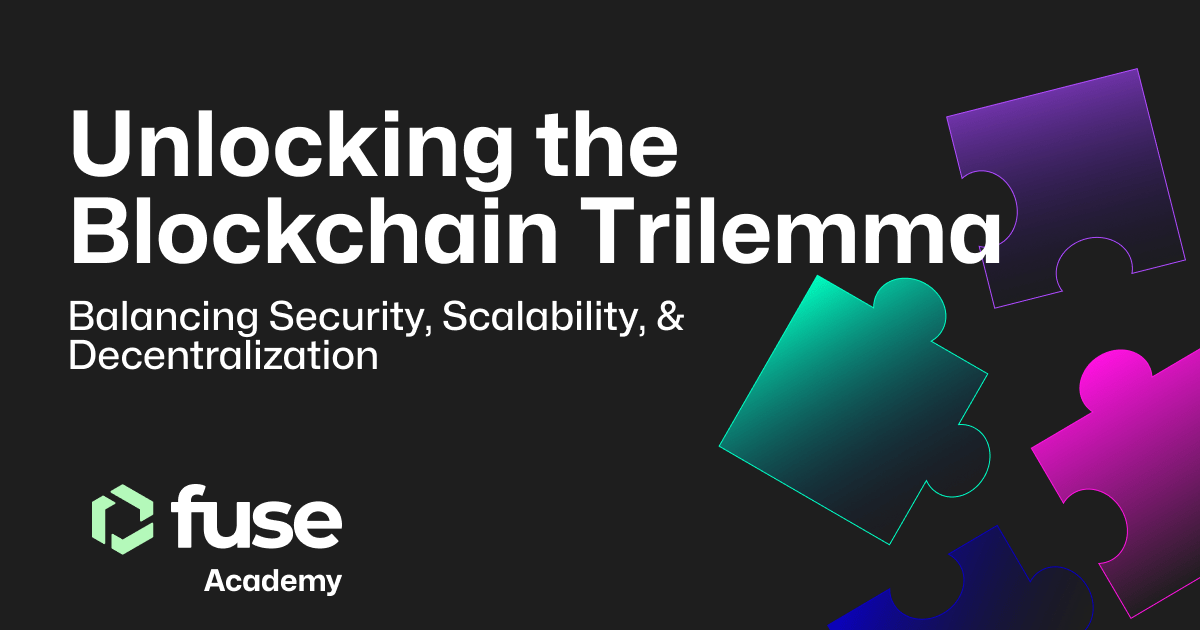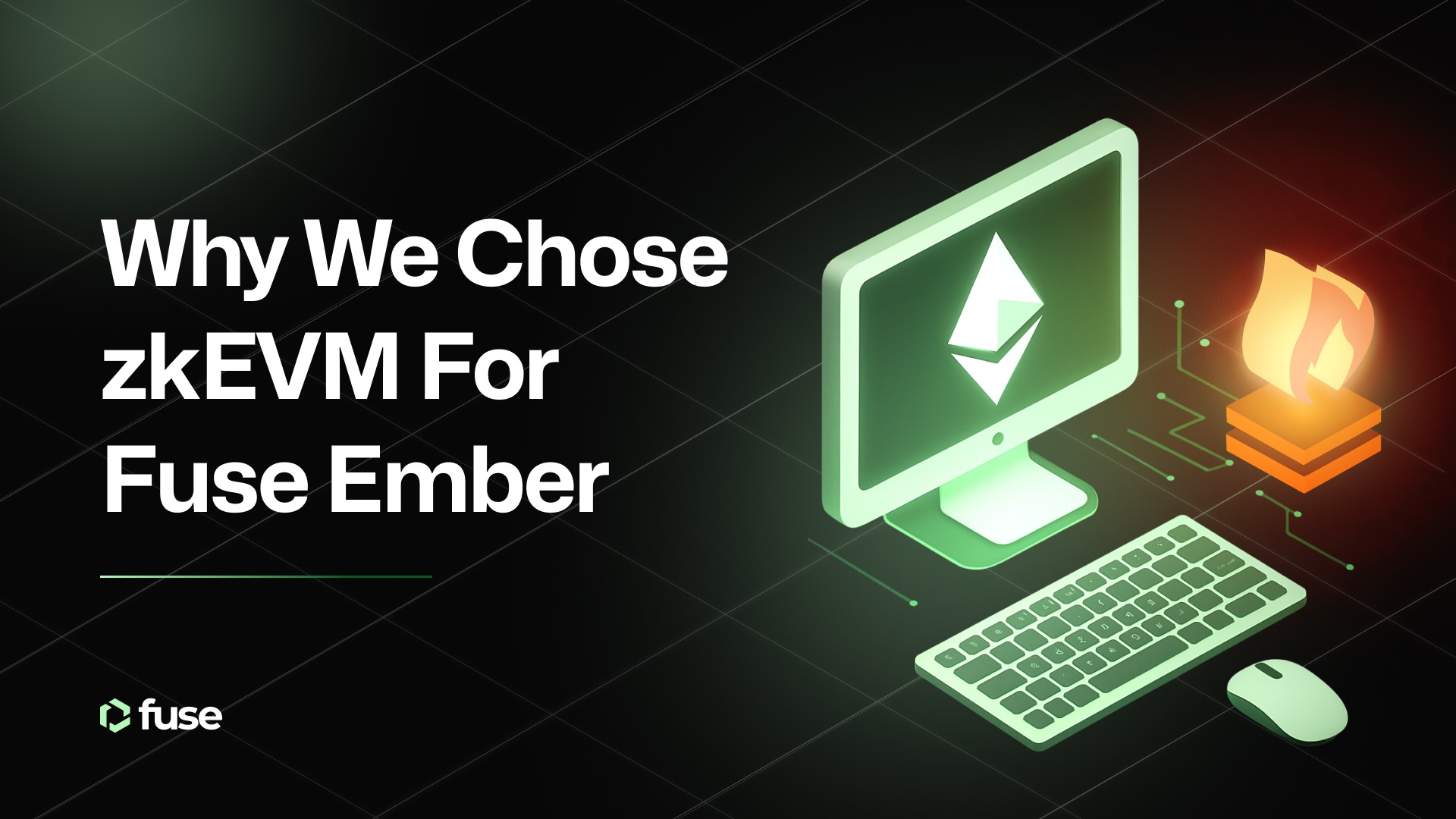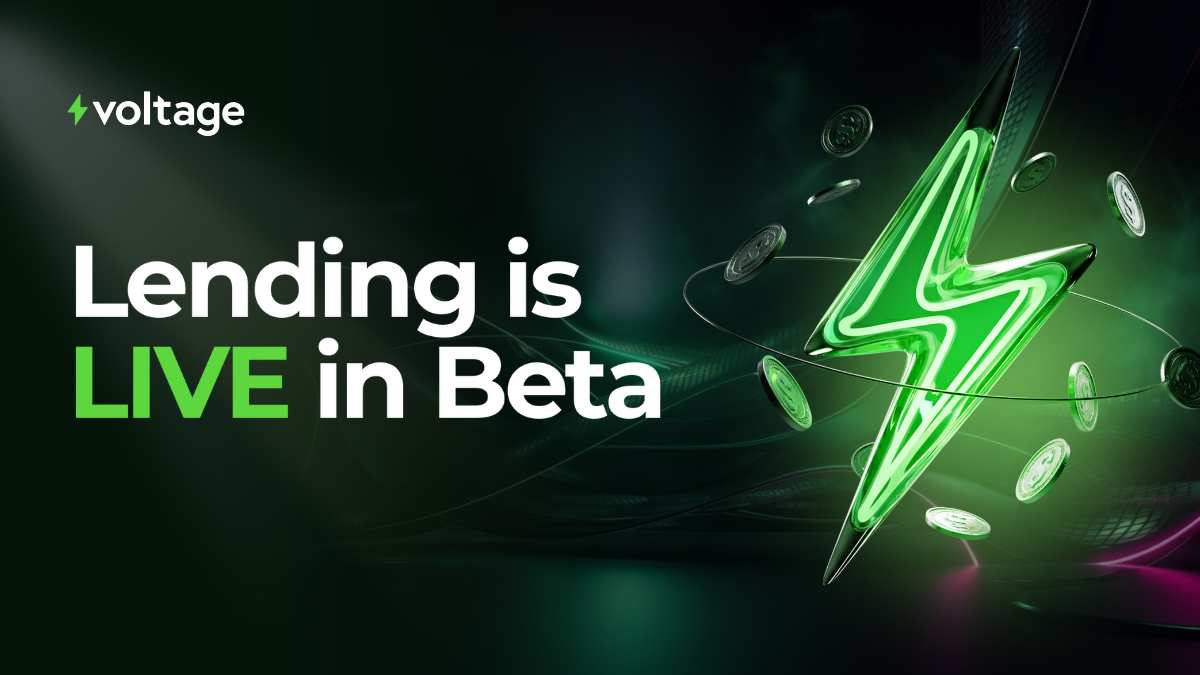One significant stumbling block on the road to the mass adoption of blockchain technology is the blockchain trilemma, a term coined by Ethereum’s co-founder, Vitalik Buterin. This trilemma encapsulates the intricate balance that blockchain networks must strike between three crucial pillars: security, scalability, and decentralization.
This article delves deep into these fundamental aspects, unraveling their complexities and the delicate equilibrium required to navigate them effectively.
Security: The Keystone of Blockchain
The first cornerstone of the blockchain trilemma is security. Blockchain networks, like Fuse, must be fortified with robust defenses to thwart any attempts by malicious entities to seize control. This task is particularly intricate, considering the inherently decentralized nature of blockchains, devoid of any central authority to oversee and protect the system.
Mechanisms like cryptography and the proof-of-work consensus come into play to ensure the security of blockchain networks. For example, the Bitcoin blockchain relies on these measures to safeguard its integrity. Each data block is interlinked in a tamper-resistant manner, making any unauthorized alterations immediately detectable by the network.
Moreover, the system’s security intensifies with the increasing number of participants or nodes in the network. A greater number of participants makes it exponentially harder for any single entity to gain control, mitigating potential threats like the infamous 51% attack.
However, it is crucial to recognize that security is inextricably linked to the other two pillars of the trilemma: decentralization and scalability. Improving security may necessitate trade-offs that could compromise these other vital aspects.
Scalability: The Second Pillar’s Conundrum
Moving on to the second cornerstone of the blockchain trilemma, scalability poses an equally critical challenge. Scalability refers to a blockchain’s ability to accommodate a surging volume of transactions and users while maintaining transaction speed and fees at an acceptable level.
The grand ambitions of many blockchain projects entail the need to handle potentially billions of users. Yet, achieving high scalability proves to be a formidable task, especially when upholding the principles of decentralization and security.
As an illustration, consider the Bitcoin network, capable of processing only about seven transactions per second, a figure dwarfed by centralized payment systems like Visa, handling a staggering 24,000 transactions per second. This stark contrast arises due to the inherent design of blockchain networks, where multiple participants must process information, coupled with secure yet relatively slow consensus mechanisms like proof-of-work.
Numerous innovative solutions are being explored to address this bottleneck, including sharding, alternative consensus mechanisms, and Layer 2 solutions.
Decentralization: The Pinnacle of Blockchain Ideology
Decentralization represents the third cornerstone of the blockchain trilemma and is a defining feature that distinguishes blockchain from traditional centralized systems. In a decentralized blockchain network, control is evenly distributed among all participants, obviating the need for a central authority. This dispersion of control not only enhances transparency and fairness but renders the network resilient to censorship and external manipulation.
However, achieving decentralization presents its own set of challenges. As the number of participants in the network increases, reaching a consensus can become more time-consuming, potentially affecting scalability. Moreover, an excessively decentralized network could paradoxically become less secure if it becomes easier for malicious actors to infiltrate and launch attacks.
In conclusion, the blockchain trilemma embodies a formidable challenge that developers and stakeholders in the blockchain space must confront. Balancing the intricate interplay between security, scalability, and decentralization is no easy feat. It demands continuous innovation, the exploration of new technologies, and the willingness to make tough trade-offs.
As the blockchain landscape continues to evolve, finding the perfect equilibrium remains an ongoing journey.
.svg)
.svg)












